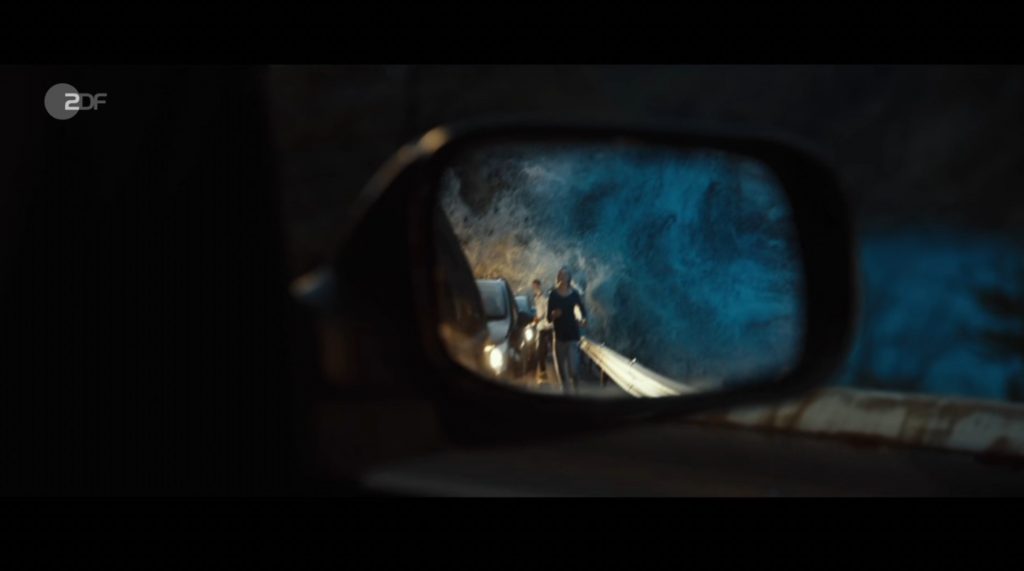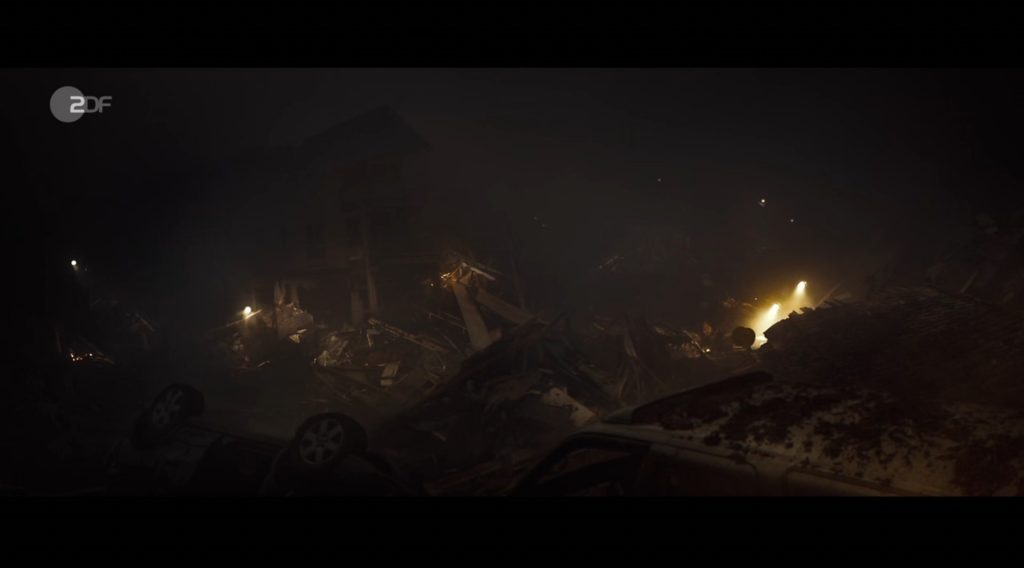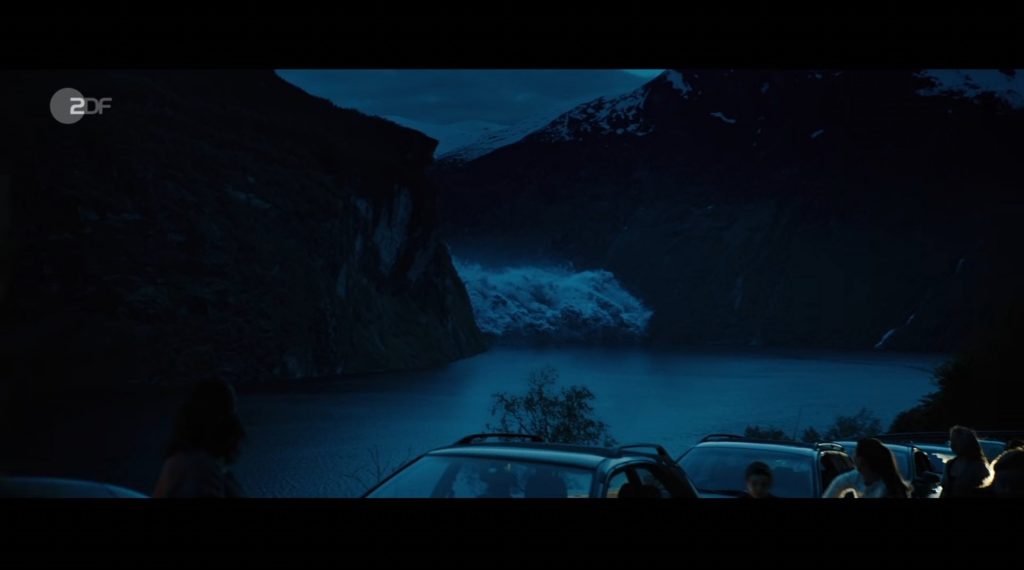
In “Being Ecological” Tim Morton wonders about the prevalent mode of climate writing, which he calls “information dump”, “dumping massive platefuls of facts on to us” over and over again. Morton wonders, why we do that and finds the following analogy:
“Imagine that we are dreaming. What kind of dream would it be where the characters and plot vary, sometimes significantly, but the overall impact—where the dream leaves us, its basic color or tone or point of view (or what have you) —remains the same? There is definitely an analogy from the world of dreaming: these are the trauma dreams of sufferers of post-traumatic stress disorder (PTSD).” According to Sigmund Freud, Morton writes, “the PTSD sufferer is simply trying to install herself, through her dreams, at a point in time before the trauma happened. Why? Because there is some safety or security in being able to anticipate. Anticipatory fear is far less intense than the fear you experience when finding yourself, all of a sudden, in the middle of a trauma. If you think about it, traumas by definition are things that you find yourself in the middle of—you can’t sneak up on them from the side or from behind, and that’s why they’re traumatic. You just suddenly find yourself in a car crash, for instance. If you had been able to anticipate, you might have been able to swerve out of the way.”
“By analogy, then,” Morton concludes, “information dump mode is a way for us to try to install ourselves at a fictional point in time before global warming happened. We are trying to anticipate something inside which we already find ourselves.”



